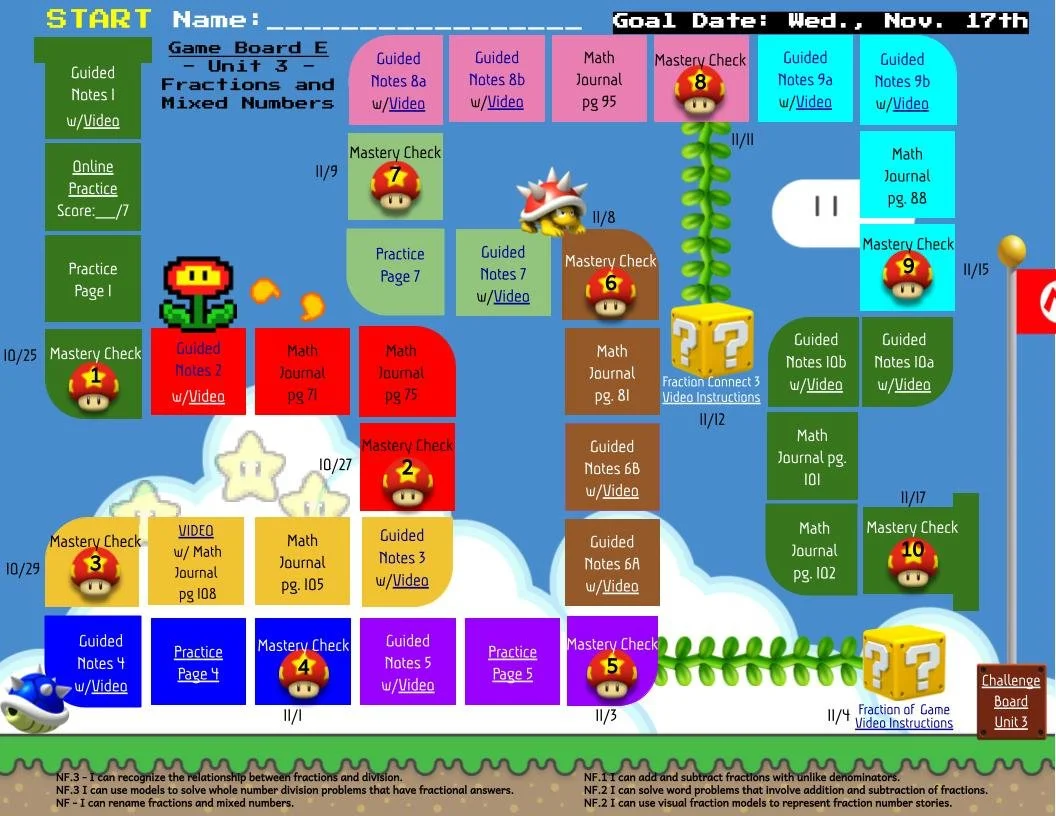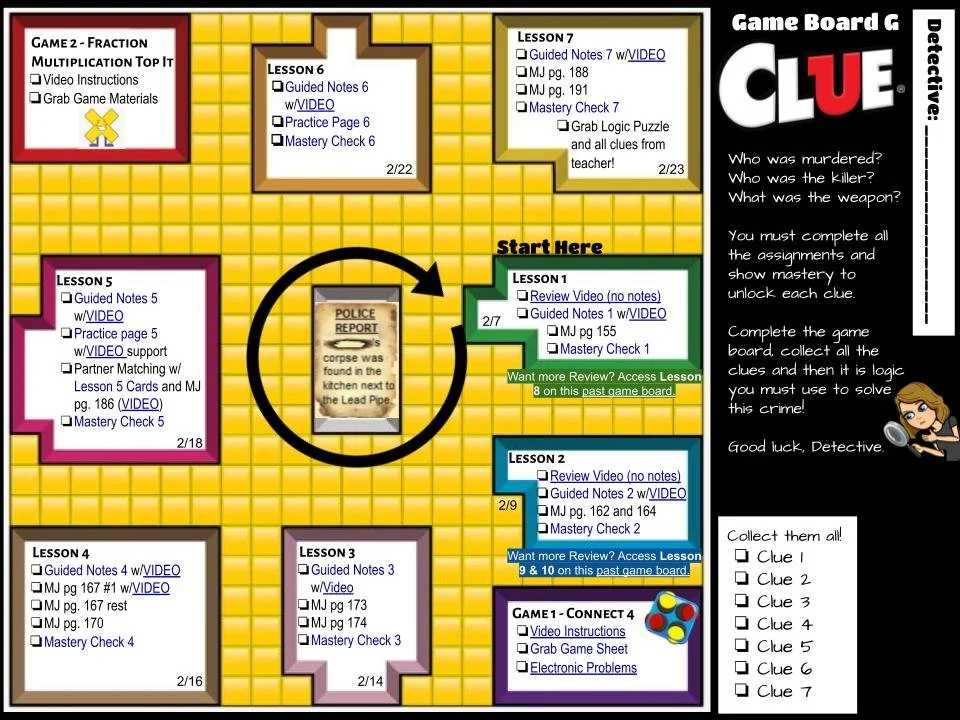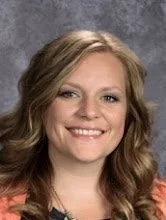Podcast Recap: Tips for a Modern Elementary Classroom
Welcome to the Modern Classrooms Project Podcast. Each week we bring you discussions with educators on how they use blended, self-paced, and mastery-based learning to better serve their students. In this episode, Toni Rose is joined by Andrea Mahr and Beth Benavides to talk about how and why they implement MCP in their elementary math classes, as well as some other tips and ideas for elementary educators in general.
Developing Important Classroom Routines
Every thriving elementary school classroom starts with foundational routines that keep things going. A Modern Classroom in an elementary setting is no different. Andrea starts with a spiral review Do Now activity. Then she reviews the public progress tracker as a class. She might do a little mini-review as a whole class, and talk about what’s on pace. She also uses this time to shoutout students are doing great and making big strides in progress. Last thing before she sets students loose in the classroom, she will let students know if she is going to be pulling a small group and who she will be pulling.
Beth’s opening routines are similar, in that she reviews the public progress tracker as a class and helps students identify what work they need to do using their student game board tracker. But she also incorporates a Wall of Experts - which helps students identify experts within their own classroom that they can go to for additional support with concepts. This way, students can teach other students, really demonstrating mastery of specific content.
At the end of class, Beth also incorporates some routine to close out their lesson. “We do a quick reflection, 4-3-2-1 on how they felt that their understanding was for that day,” Beth said. This helps students not only make progress each day, but to process their learning and take ownership of their progress.
A Game Board Tracker for Students
Both Andrea and Beth use game board-style trackers with their students, with spaces for each activity, hyperlinked if the activity is virtual. Additionally, they use this board to help students set goals for their learning that day. They will look at the game board as a class and ask students to highlight the squares they want to accomplish that day, often leading to more on-task students and greater strides in learning.
Incorporating Gamification
Andrea works to incorporate as much gamification into her classroom as possible. Sometimes, these take the form of actual games as aspire-to-do activities. This way, students get to have fun while applying concepts from their learning, while allowing students who are behind more time to catch up.
Currently, she has a Clue-themed game board. Students earn a clue after each mastery check that they can use at the end of the unit to complete a logic puzzle and solve the mystery. Additionally, her students love creating Kahoots for others in the classroom, so this is another aspire-to-do task that drives them to stay on-pace while having fun in the classroom.
Benefits of a Modern Classroom
As many teachers can probably relate, Beth was teaching both in-person and virtual students at the same time over the last year. The challenges of that are well-documented. But her Modern Classroom approach made that teaching style much more doable, because students could access instruction and practice materials from anywhere in the world. Even students who couldn’t access instruction virtually were still able to pick up where they left off because Beth chose to teach this way, rather than having them skip whole units and entire foundational skills.
Both educators found that students struggled with having mastered the prerequisite skills necessary to successfully master content this year. With this model, they were able to do a quick and fun refresher activity with students as a whole group at the beginning of the unit and then have a preview (a type of pre-test) to determine what skills students needed supplemental instruction in. This allowed them to meet students at their individual level of mastery.
For even more information on implementing a Modern Classroom, we recommend checking out CEO and co-founder Kareem Farah’s episodes on the Cult of Pedagogy podcast.
Our Guests
Andrea Mahr is a current 5th grade teacher at a rural district in central Wisconsin. As a lead learner she is always looking for new better ways to reach her students and she fell in love with the MCP model. Along with her elementary education degree, she also has her administrative licenses for both Principal and Director of Instruction, which she hopes to tap into soon! Andrea is motivated by collaboration and can't wait for the MCP model to completely transform education! In her spare time, Andrea is snuggling one of her three kids or shuttling them off to some sort of event or practice. She is married to Jeremy, a progressive dairy farmer, bringing agriculture into their daily lives. She despises cooking supper, as she would rather just eat a cold bowl a cereal! So any cooking tips, send them her way!
Beth is an elementary teacher of all subjects. She currently uses the MCP model full-time in math, and dabbles with it in other subjects. She is passionate about providing her students with voice and choice in their learning every day. She writes, “Finding the Modern Classrooms Project was exactly what I needed to elevate my teaching and provide true differentiation to my students. I am excited to learn and grow WITH other educators as they build a Modern Classroom of their own! I'm hoping to share insight but also get new ideas from my future mentees.”
Our Host
Toni Rose (she/her) strives to be the teacher that she never had growing up. She knew that she always wanted to be a teacher when she was little, and because of her love for reading and writing and struggles of learning English as a Filipinx immigrant, she became an English teacher. Toni Rose focuses on anti-racist, anti-bias work and wants to create a safe space for everyone around her. She especially loves being a thought partner for teachers. Toni Rose has taught in Atlanta, Baltimore City, DC, and currently resides in Washington state.
If you like what you hear in this episode, share it with a friend or subscribe to get updates when new podcasts are published.









